Introduction
Power shapes every social interaction, often invisibly. It determines who speaks first, whose ideas are valued, and whose needs are met. Privilege operates quietly within these systems, providing advantages to some while creating unseen barriers for others.
This framework helps educators, leaders, and students identify how power and privilege influence perception, opportunity, and fairness. By understanding these patterns, we can move from defending our position within a hierarchy to questioning it—and ultimately to sharing power more equitably.
1. Cognitive & Psychological Biases
| Bias | Definition / Description |
|---|
| Status Bias | Assuming people with higher social or economic status are more competent or intelligent. |
| Authority Bias | Overvaluing opinions from those in positions of power while dismissing others. |
| Just-World Bias | Believing people deserve what they get, which justifies inequality as “earned.” |
| Confirmation Bias | Accepting information that supports existing hierarchies or beliefs about success. |
| Halo Effect | Allowing wealth, position, or prestige to shape overall perception of someone’s worth. |
| Ingroup Bias | Favoring people with similar social or professional status. |
| Attribution Bias | Attributing others’ struggles to personal failure rather than systemic barriers. |
2. Sociocultural & Structural Biases
| Bias | Definition / Description |
|---|
| Class Bias | Favoring people with more wealth, education, or social refinement. |
| Institutional Bias | Policies or practices that reinforce existing hierarchies or gatekeeping. |
| Credentialism Bias | Overvaluing formal education or titles as proof of capability. |
| Professionalism Bias | Equating conformity to certain social norms (speech, dress, demeanor) with competence. |
| Legacy Bias | Privileging those with inherited access—family wealth, social networks, or generational status. |
| Work Ethic Bias | Valuing productivity and busyness as moral virtues, often dismissing those with fewer resources or opportunities. |
| Network Bias | Rewarding people who already have connections to power structures. |
3. Moral & Ideological Biases
| Bias | Definition / Description |
|---|
| Meritocracy Bias | Assuming success always reflects effort or merit, ignoring systemic barriers. |
| Bootstrap Bias | Believing individuals can overcome any disadvantage through willpower alone. |
| Hierarchy Bias | Accepting unequal power structures as necessary for order or efficiency. |
| Moral Credential Bias | Believing that “good intentions” or charitable acts cancel out privilege. |
| Paternalism Bias | Using help or generosity to reinforce control or dependence. |
| Survivor Bias | Highlighting success stories to minimize systemic inequality (“If they made it, anyone can”). |
| Defensive Privilege Bias | Feeling personally attacked or guilty when privilege is discussed, leading to denial or withdrawal. |
4. Educational & Communication Biases
| Bias | Definition / Description |
|---|
| Academic Gatekeeping Bias | Limiting access to advanced learning or leadership roles to those from privileged backgrounds. |
| Economic Accessibility Bias | Structuring opportunities that assume disposable income (unpaid internships, fees, or travel). |
| Language of Power Bias | Using jargon or formal tone as a marker of intelligence or legitimacy. |
| Participation Bias | Valuing the voices of confident or outspoken individuals over quieter contributors. |
| Recognition Bias | Rewarding visible outcomes (grades, awards, titles) more than effort or collaboration. |
| Representation Bias | Failing to include people from lower-income or working-class backgrounds in leadership or policy decisions. |
| Bias | Definition / Description |
|---|
| Overcorrection Bias | Attempting to reverse inequity by creating new hierarchies or resentment. |
| Denial Bias | Rejecting the idea that privilege exists or insisting that inequality is purely merit-based. |
| Ally Superiority Bias | Using awareness of privilege to claim moral authority over others. |
| Guilt Paralysis Bias | Feeling so guilty about privilege that it leads to inaction rather than change. |
| Symbolic Gesture Bias | Substituting visible acts of “awareness” for substantive redistribution of power. |
Conclusion
Power and privilege are not inherently evil—they are realities of human systems. The danger lies in failing to recognize them. True equity work begins when we stop pretending hierarchies are neutral and start asking who benefits and who is left behind.
Equity is not about taking power away—it’s about ensuring everyone has a fair share in shaping how power works.


Member discussion